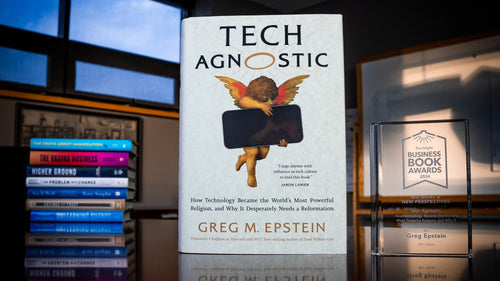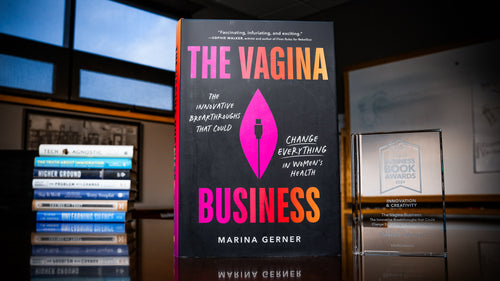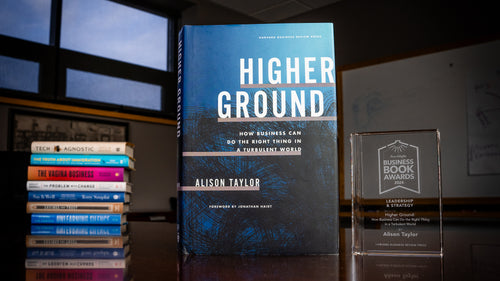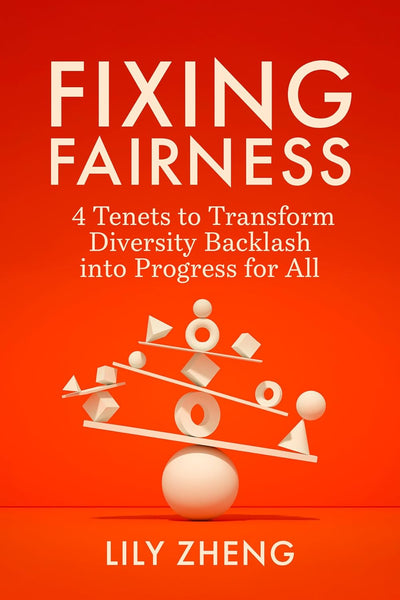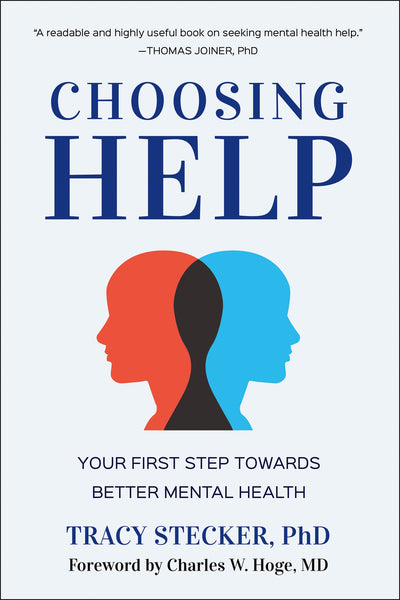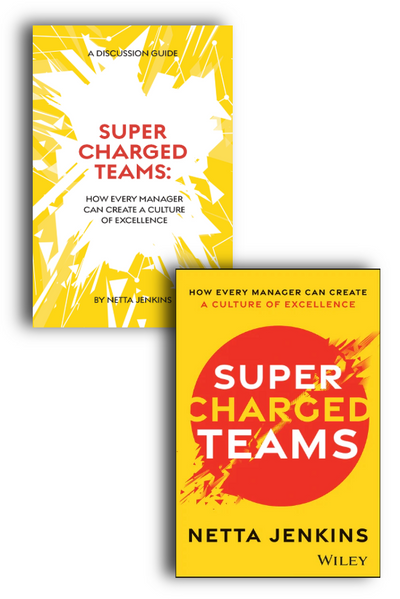The Innovator's DNA - An Excerpt
Many in publishing have a romanticized view of the industry's origin, beginning with Johannes Gutenberg and the movable type printing press he invented in 1453. While that treasured form has changed little in the past five and a half centuries, the way the book is sold and distributed has changed dramatically in the last thirty years. Independent bookstores first struggled against the mall chains of Waldenbooks and B. Dalton, then the big box retailers, Barnes & Noble and Borders, and now, the online superstore, Amazon. And these retail redistributions pale in comparison to the tectonic shifts that lie ahead in print-on-demand and electronic distribution of books. In The Innovator's Dilemma, Clayton Christensen shows how management practices that typically serve executives well fail in the face of just such disruptive innovations.That seems very relevant to the ongoing Borders saga. And while Borders may be beyond help, today Harvard Business Review Press is releasing a third book in the Innovation series that may help you out, The Innovator's DNA: Mastering the five Skills of Disruptive Innovators, and we were able to get an excerpt for you. Christensen wrote this book with Jeff Dyer and Hal Gregersen. The excerpt we have is from their introduction.
BY JEFF DYER, HAL GREGERSEN, AND CLAYTON M. CHRISTENSEN
Innovation. It's the lifeblood of our global economy and a strategic priority for virtually every CEO around the world. In fact, a recent IBM poll of fifteen hundred CEOs identified creativity as the number-one "leadership competency" of the future. The power of innovative ideas to revolutionize industries and generate wealth is evident from history: Apple iPod outplays Sony Walkman, Starbucks's beans and atmosphere drown traditional coffee shops, Skype uses a strategy of "free" to beat AT&T and British Telecom, eBay crushes classified ads, and Southwest Airlines flies under the radar of American and Delta. In every case, the creative ideas of innovative entrepreneurs produced powerful competitive advantages and tremendous wealth for the pioneering company. Of course, the retrospective $1 million question is, how did they do it? And perhaps the prospective $10 million question is, how could I do it?
The Innovator's DNA tackles these fundamental questions—and more. The genesis of this book centered on the question that we posed years ago to "disruptive technologies" guru and coauthor Clayton Christensen: where do disruptive business models come from? Christensen's best-selling books, The Innovator's Dilemma and The Innovator's Solution, conveyed important insight into the characteristics of disruptive technologies, business models, and companies. The Innovator's DNA emerged from an eight-year collaborative study in which we sought a richer understanding of disruptive innovators—who they are and the innovative companies they create. Our project's primary purpose was to uncover the origins of innovative—and often disruptive— business ideas. So we interviewed nearly a hundred inventors of revolutionary products and services, as well as founders and CEOs of game-changing companies built on innovative business ideas. These were people such as eBay's Pierre Omidyar, Amazon's Jeff Bezos, Research In Motion's Mike Lazaridis, and Salesforce.com's Marc Benioff. Virtually all of the innovators we quote, with the exception of Steve Jobs (Apple), Richard Branson (Virgin), and Howard Schultz (Starbucks)—who have written autobiographies or have given numerous interviews about innovation—are from our interviews.
We also studied CEOs who ignited innovation in existing companies, such as Procter & Gamble's A. G. Lafley, eBay's Meg Whitman, and Bain & Company's Orit Gadiesh. Some entrepreneurs' companies that we studied were successful and well known; some were not (for example, Movie Mouth, Cow-Pie Clocks, Terra Nova BioSystems). But all offered a surprising and unique value proposition relative to incumbents. For example, each offered new or different features, pricing, convenience, or customizability compared to their competition. Our goal was less to investigate the companies' strategies than it was to dig into the thinking of the innovators themselves. We wanted to understand as much about these people as possible, including the moment (when and how) they came up with the creative ideas that launched new products or businesses. We asked them to tell us about the most valuable and novel business idea that they had generated during their business careers, and to tell us where those ideas came from. Their stories were provocative and insightful, and surprisingly similar.
As we reflected on the interviews, consistent patterns of action emerged. Innovative entrepreneurs and executives behaved similarly when discovering breakthrough ideas. Five primary discovery skills—skills that compose what we call the innovator's DNA—surfaced from our conversations. We found that innovators "Think Different," to use a well-known Apple slogan. Their minds excel at linking together ideas that aren't obviously related to produce original ideas (we call this cognitive skill "associational thinking" or "associating"). But to think different, innovators had to "act different." All were questioners, frequently asking questions that punctured the status quo. Some observed the world with intensity beyond the ordinary. Others networked with the most diverse people on the face of the earth. Still others placed experimentation at the center of their innovative activity. When engaged in consistently, these actions—questioning, observing, networking, and experimenting—triggered associational thinking to deliver new businesses, products, services, and/or processes. Most of us think creativity is an entirely cognitive skill; it all happens in the brain. A critical insight from our research is that one's ability to generate innovative ideas is not merely a function of the mind, but also a function of behaviors. This is good news for us all because it means that if we change our behaviors, we can improve our creative impact.
After surfacing these patterns of action for famous innovative entrepreneurs and executives, we turned our research lens to the less famous but equally capable innovators around the world. We built a survey based on our interviews that taps into the discovery skills of innovative leaders. To date, we have collected self-reported and 360-degree data on these discovery skills from over five hundred innovators and over five thousand executives in more than seventy-five countries. We found the same pattern for famous as well as less famous leaders.
We then turned to see what we could learn about the DNA of innovative organizations and teams. We started by looking at BusinessWeek's annual ranking of innovative companies. This ranking, based on votes from executives, identified companies with a reputation for being innovative. A quick look at the BusinessWeek lists from 2005 to 2009 shows Apple as number one and Google, number two. OK, intuitively that sounds right. But we felt that the BusinessWeek methodology (executives voting on which companies are innovative) produces a list that is largely a popularity contest based on past performance. Indeed, do General Electric, Sony, Toyota, and BMW deserve to be on the list of most innovative companies today? Or are they simply there because they have been successful in the past?
To answer these questions, we developed our own list of innovative companies based on current innovation prowess (and expectations of future innovations). We thought the best way was to see whether investors—voting with their wallets—could give us insight into which companies they thought most likely to produce future innovations. We worked with HOLT (a division of Credit Suisse Boston that had done a similar analysis for The Innovator's Solution) to develop a methodology based on a company's "innovation premium"—a stock market premium based on investors' belief that a company will produce innovations, and even bigger income streams, in the future. It is a premium that every executive, and every company, would like to have.
We unveil our list of the most innovative companies—ranked by innovation premium—in the book. Not surprisingly, we found that our top twenty-five companies include some on the BusinessWeek list—such as Apple, Google, Amazon, and Procter & Gamble. But we also learned that companies such as Salesforce.com (software), Intuitive Surgical (health care equipment), Hindustan Lever (household products), Alstom (electrical equipment), and Monsanto (chemicals) have similar premiums. And as we studied these firms in greater detail, we saw several patterns that shed light on the DNA of innovative organizations, and how you too can actively encourage and support others' innovation efforts.
We hope that The Innovator's DNA will encourage you to reclaim some of your youthful curiosity. Staying curious keeps us engaged and our organizations alive. Imagine how competitive your company will be ten years from now without innovators if its people didn't find any new ways to improve its processes, products, or services. Clearly, your company would not survive. Innovators constitute the core of any company's, or even country's, ability to compete.
© Copyright 2011 Jeff Dyer, Hal Gregersen, and Clayton M. Christensen All rights reserved Excerpted from The Innovator's DNA: Mastering the five Skills of Disruptive Innovators Reprinted by permission of Harvard Business Review Press
ABOUT THE AUTHORS
JEFF DYER is the Horace Beesley Professor of Strategy at the Marriott School, Brigham Young University. He is widely published in strategy and business journals and was the fourth most cited management scholar in 1996-2006.
HAL GREGERSEN is a professor of leadership at INSEAD. He consults to organizations around the world on innovation, globalization, and transformation and has published extensively in leading academic and business journals.
CLAYTON M. CHRISTENSEN is the Robert and Jane Cizik Professor of Business Administration at the Harvard Business School and the architect of and the world's foremost authority on disruptive innovation.


